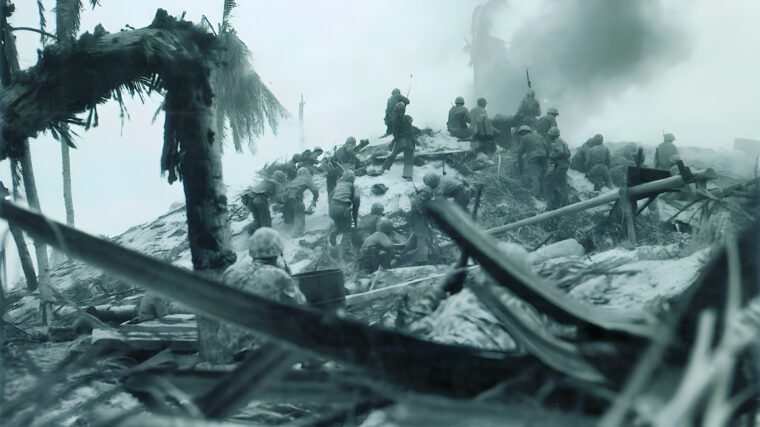
Bloody Betio: The Assault on Tarawa
By Al HemingwayPfc. Clayton Jay of Lamesa, Texas, was watching the sunrise from the attack transport Zeilin in the early morning hours of November 19, 1943. Read more

Pfc. Clayton Jay of Lamesa, Texas, was watching the sunrise from the attack transport Zeilin in the early morning hours of November 19, 1943. Read more
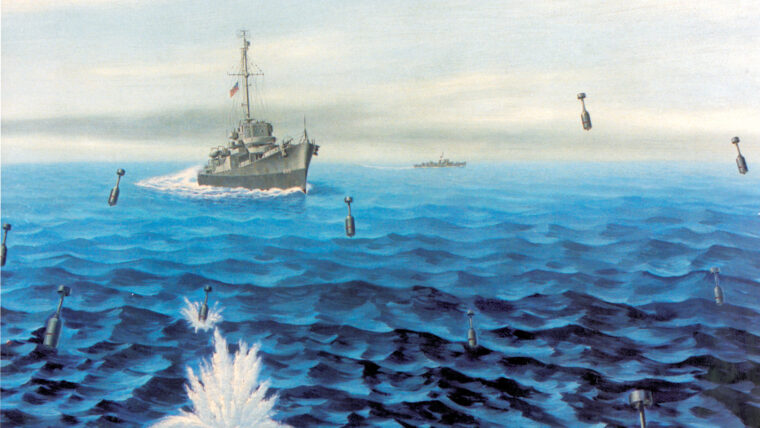
In the Spring of 1944, Japanese Admiral Soemu Toyoda assembled a large fleet of warships at Tawi-Tawi in the southern Philippine Islands. Read more
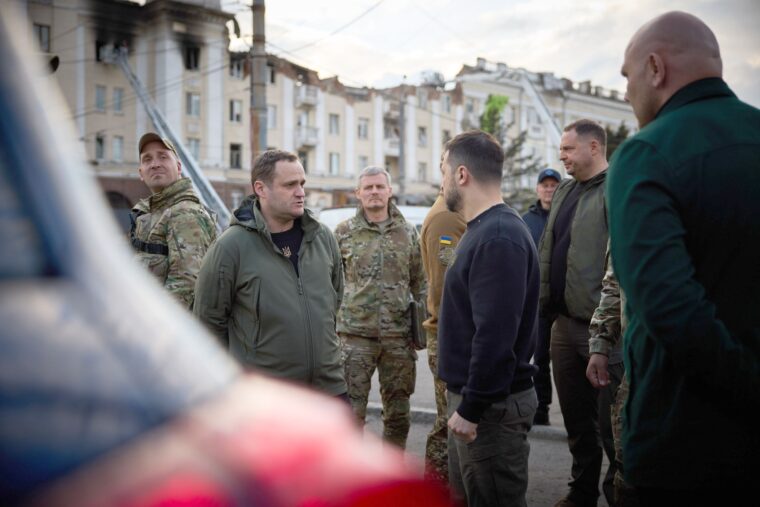
The distant thundering of Russian missiles and bombs awoke Olena Zelenska, First Lady of Ukraine, at 4:30 a.m. Read more

The village of Monchy-le-Preux sits on a low hill east of Arras. During World War I, this otherwise minor local became a focal point for the hellish fighting of that conflict. Read more
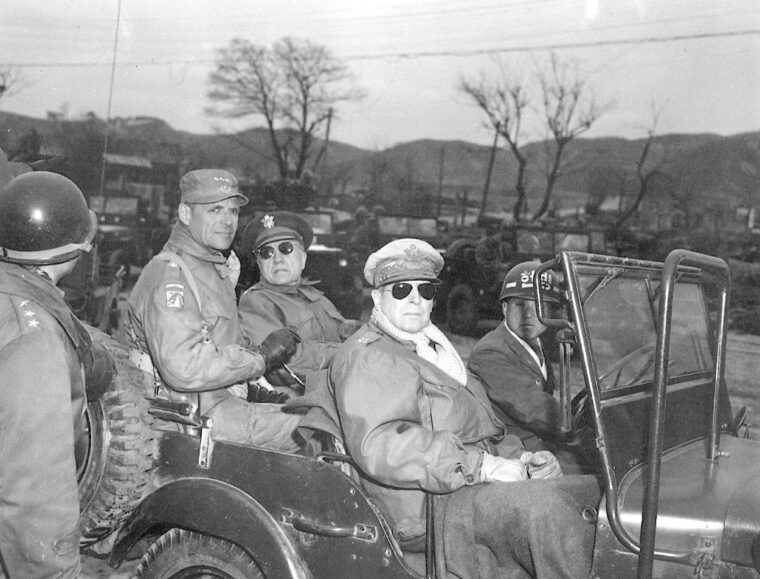
There are many American flag officers who stand as exemplars of duty, integrity and honor. Unfortunately, there are others whose legacies are examples of immoral and unethical conduct, lessons in what not to do. Read more
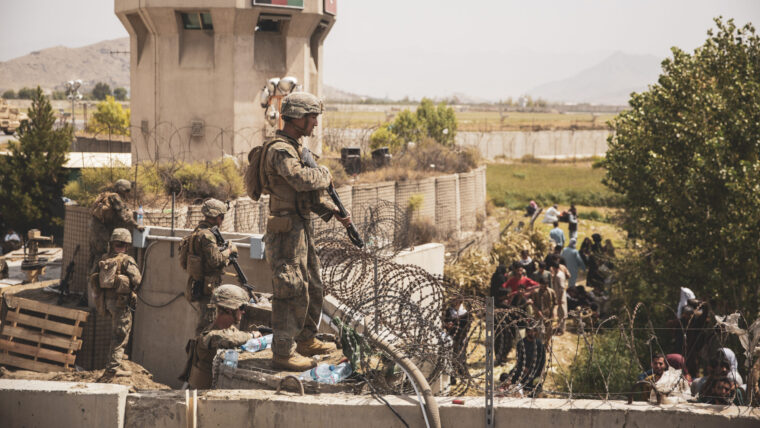
As the United States withdrew from Afghanistan in 2021, the situation quickly became chaotic. A group of veterans, intelligence operatives and even legislative aides worked to evacuate Afghans who had worked with them for two decades and were now being left behind. Read more
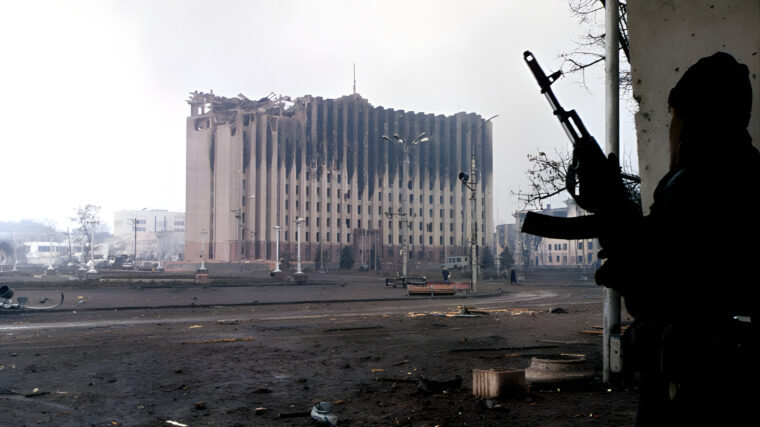
The Russian Army attacked the city of Grozny in Chechnya on December 31, 1994. It sent several columns into the city from the north, east and west simultaneously, intent on quickly overawing the local population and seizing control of the city. Read more
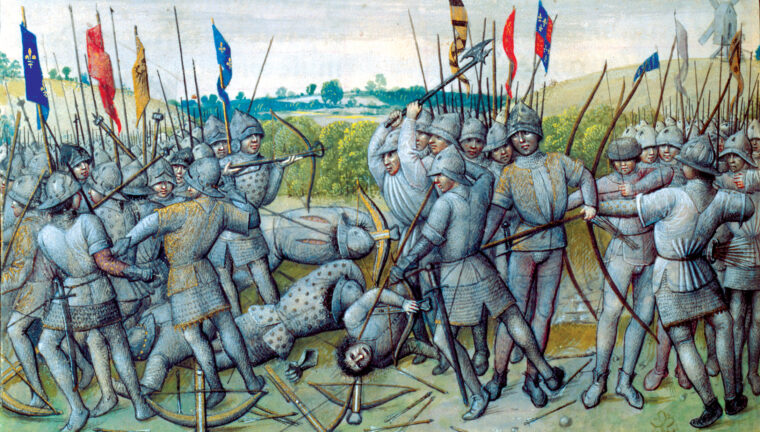
On August 26, 1346, the British army had ceased its northward retreat as its leaders decided to make a stand against the pursuing French forces. Read more
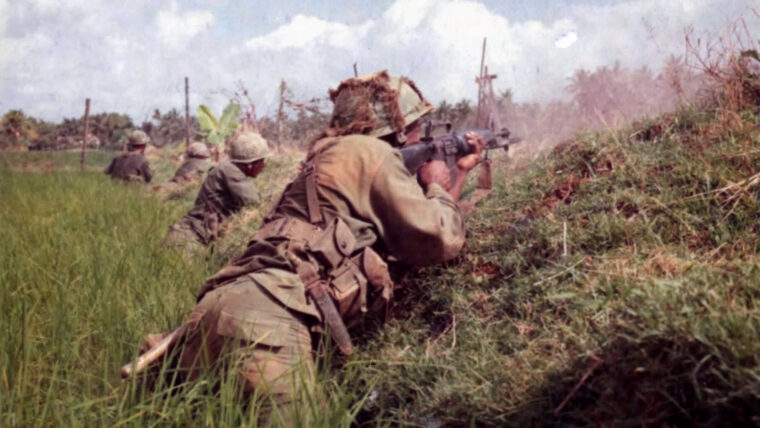
Two months after the hard fighting in the Ia Drang Valley, newly promoted Colonel Harold G. Moore led a new operation against the North Vietnamese Army (NVA). Read more
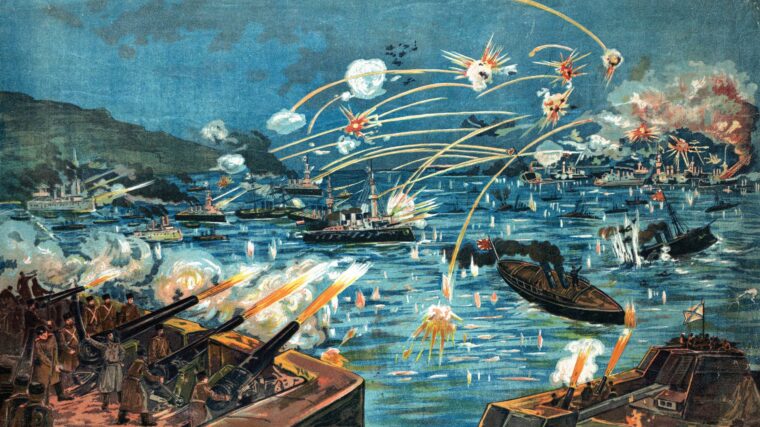
The Russo-Japanese War began with a surprise naval attack by the Japanese Navy on the Russian Pacific Fleet at Port Arthur. Read more
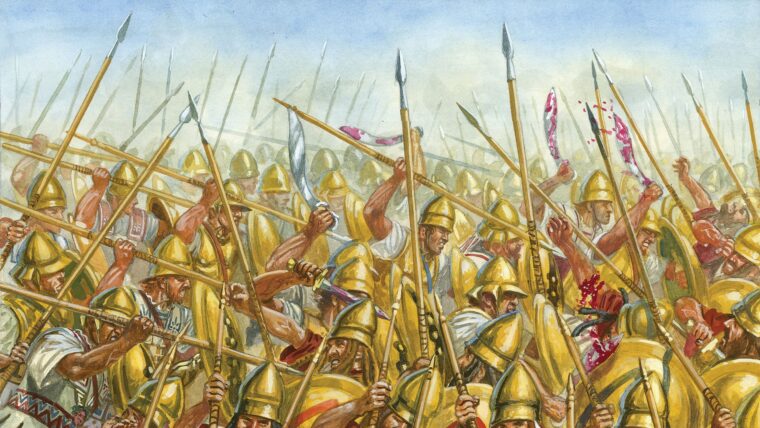
Across a broad valley near the Greek village of Leuctra, the summer sun beat down on 16,000 anxious Greek warriors. Read more
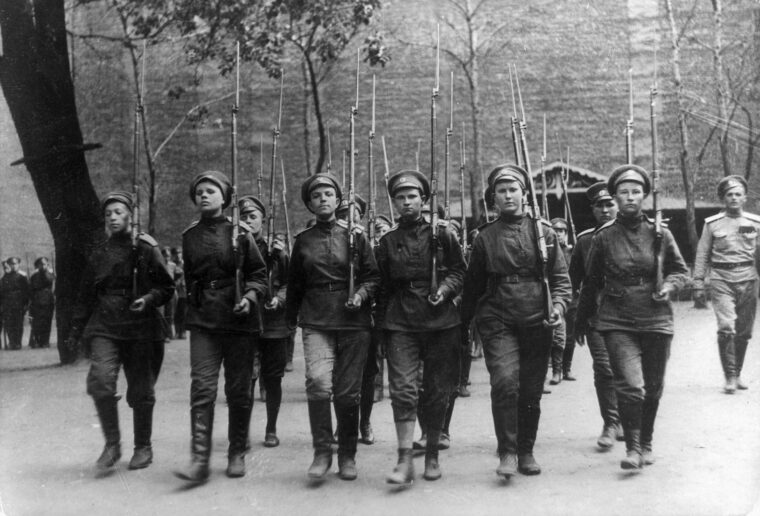
By spring 1917, Russia had borne the heaviest burden of World War I. Russian reports counted more than six million men killed, wounded, or interned as prisoners of war. Read more
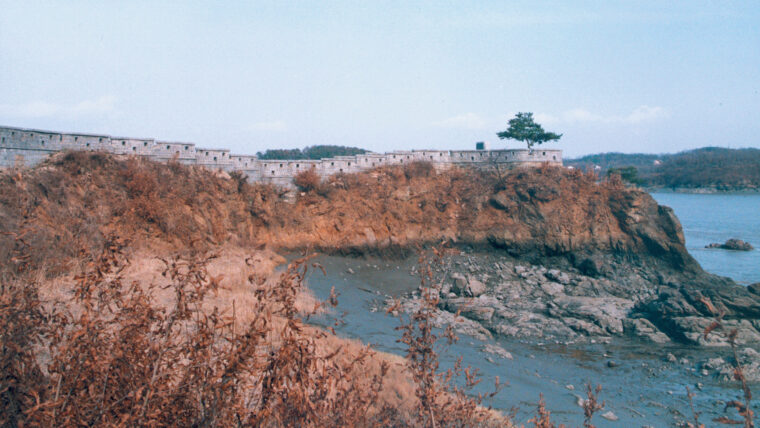
On August 16, 1866 a mysterious ship appeared off the western Korean coast and began to steam up the Taedong River. Read more
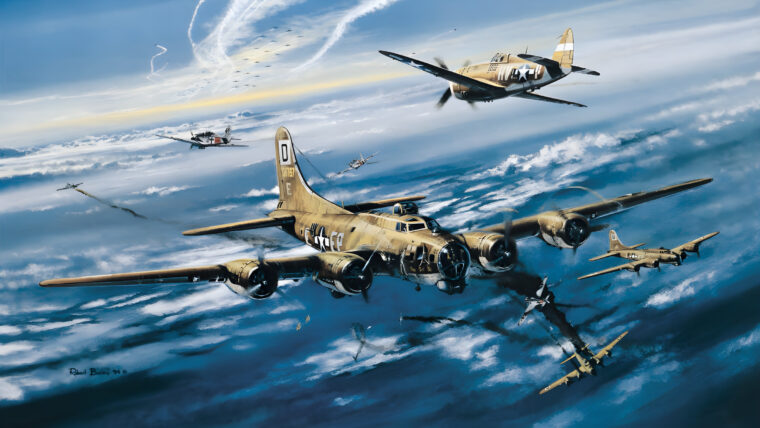
The popular conception of the struggle in the air over northern Europe during World War II is of squadrons of sleek fighters racing over the German heartland to protect contrailed streams of lumbering bombers stretching beyond sight. Read more
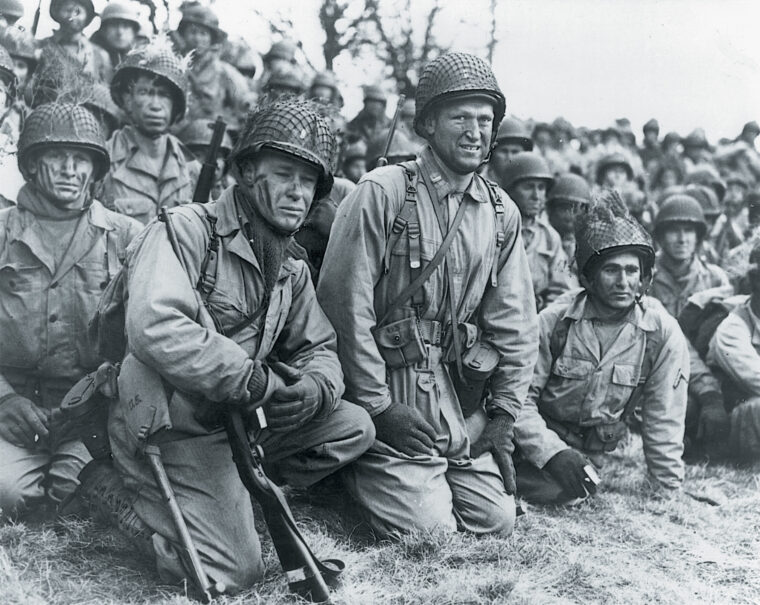
During the early part of 1944, an event took place that would change the outcome of World War II. Read more
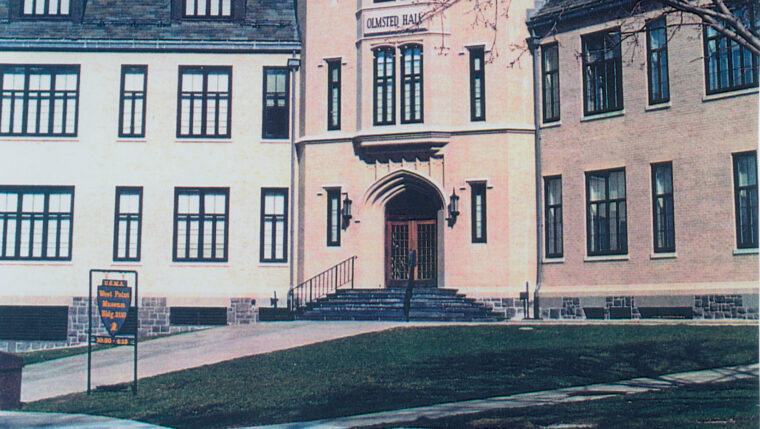
The boots and riding crop of the Commander-in-Chief of the American Expeditionary Corps, General John J. “Black Jack” Pershing, are there, as well as the cap and jacket of his successor in a second world war, General Dwight D. Read more
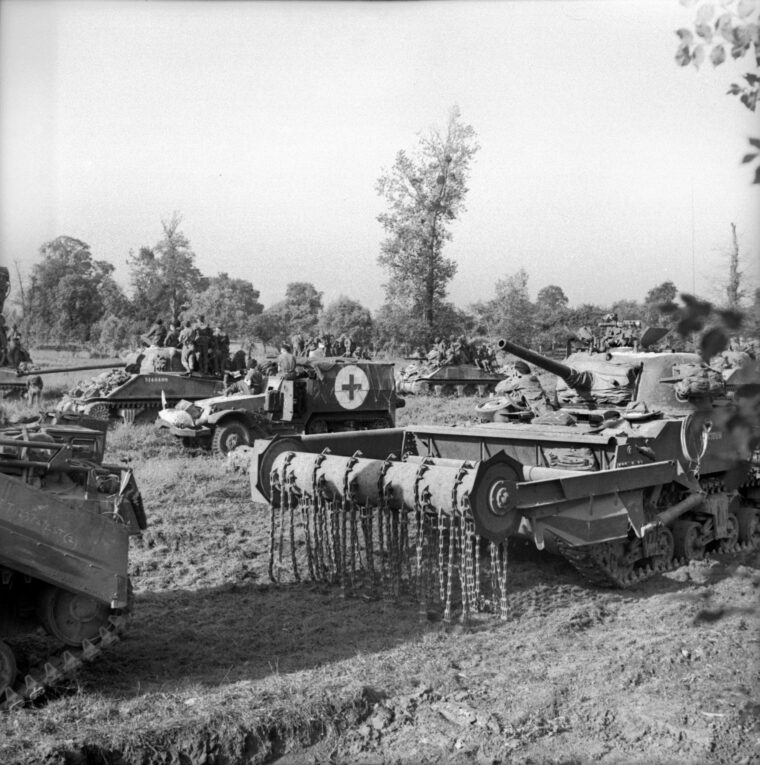
One of the most important tasks for Allied troops after the D-Day landing was to seize the city of Caen, nine miles behind Sword Beach. Read more
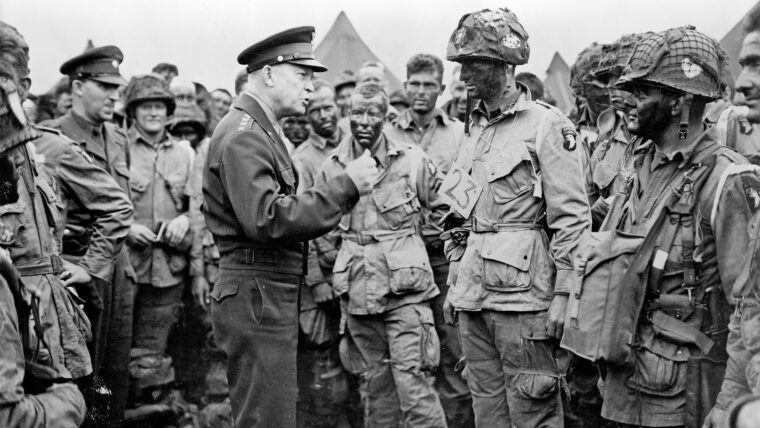
Operation Overlord, the Allied invasion of Northwest Europe, was unleashed on the Nazis on D-Day—June 6, 1944—on the orders of one man. Read more
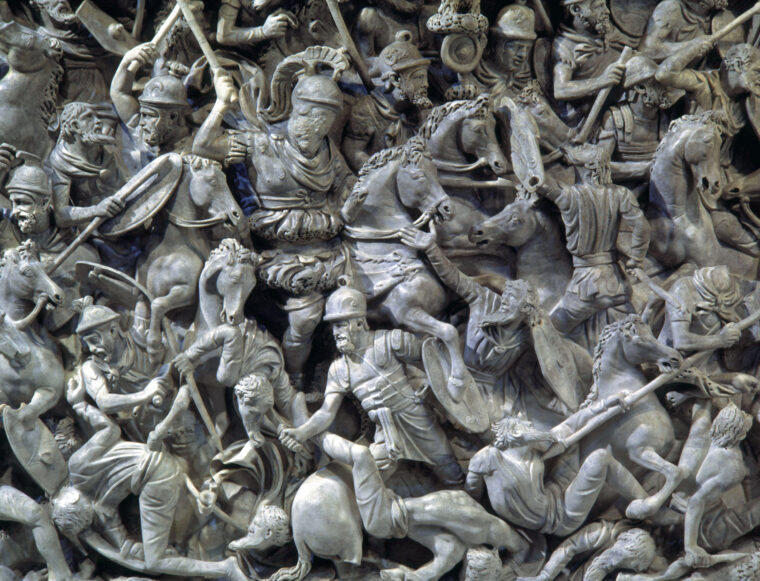
The gray skies of winter still shrouded the town of Vesontio on the Dubis River. To the south, when not obscured by mist and rain, rose the Jura Mountains, and beyond that the lofty peaks of the Alps and the nearest Roman Province, Gallia Cisalpina. Read more
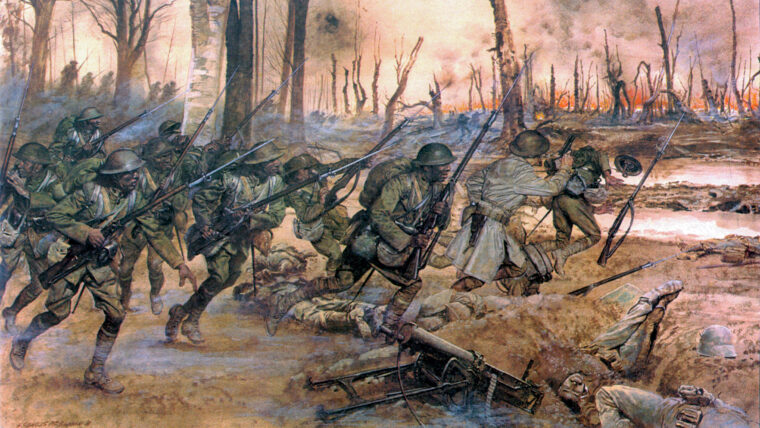
In July 1918, 30-year-old U.S. Army Captain Hamilton Fish, Jr., was in war-torn France with the 15th New York National Guard Regiment—also known as the (U.S.) Read more